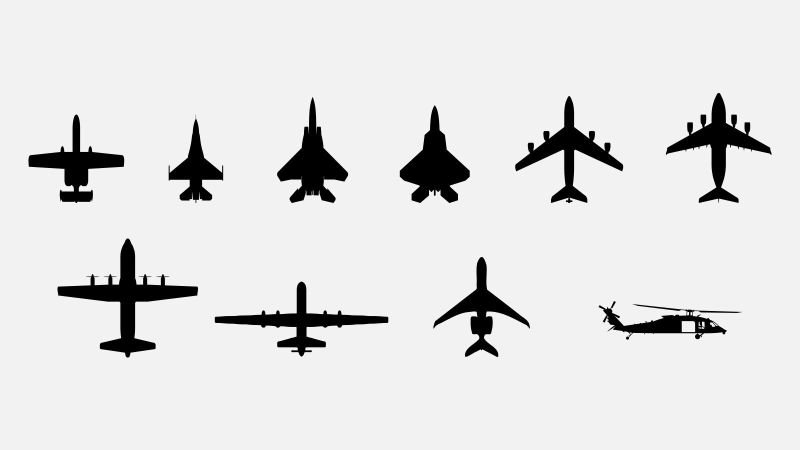WASHINGTON CNN —
The United States has consistently strengthened its military posture in the Middle East over the last year after the outbreak of war between Israel and Hamas, and tensions escalated further in the days after Israel began operations against Hezbollah.
Twice this year, U.S. forces in the region have helped Israel thwart attacks by Iran. On October 1, two Navy destroyers fired about a dozen interceptors at Iranian missiles in the eastern Mediterranean, officials said, with about 200 of them aimed at Israel. .
Secretary of Defense Lloyd Austin said in a statement that he was “proud of the skill and courage” of the U.S. military that participated in intercepting the Iranian attack.
“We will never hesitate to protect our forces and interests in the Middle East and support the defense of Israel and our partners in the region.”
As of August, a total of approximately 40,000 U.S. troops were stationed in the Middle East. The presence of U.S. firepower in the region is intended to send a clear message of deterrence and, if necessary, protect against attacks on Israeli and U.S. forces. Low-level attacks on U.S. forces in Iraq and Syria by Iranian-backed groups were frequent last year, but have largely slowed down in the past few months.
Still, the U.S. aims to make clear that a broader attack would trigger a large-scale response.
Austin announced in early August that it would send the USS Abraham Lincoln Carrier Strike Group to the area. It arrived later that month.
The strike group is comprised of several thousand sailors and Marines, spread across three destroyers and a carrier air wing. As of early October, the aircraft carrier USS Lincoln, her air wing (consisting of eight squadrons), and one of the strike group’s guided missile destroyers, the USS O’Kane, were in the Gulf of Oman. USS Spruance and USS Frank E. Petersen Jr., both guided missile destroyers that were part of the strike group, were also operating in the Red Sea.
In addition to the firepower provided by the Lincoln Strike Group, the Navy has numerous other destroyers and capabilities in the region.
The Wasp Amphibious Ready Group (ARG) and 24th Marine Expeditionary Unit (MEU) special operations capabilities consist of approximately 4,500 Sailors and Marines. In addition to the amphibious assault ship USS Wasp, there are the amphibious transport dock ship USS New York and the dock landing ship USS Oak Hill.
The MEU is one of the United States’ primary crisis response forces. One of the mission’s key tasks is the ability to conduct non-combatant evacuation operations of American citizens. The 24th MEU conducted such an operation many years ago in 2006, taking thousands of Americans out of Lebanon during the conflict between Israel and Hezbollah.
As of early October, ARG MEU and USS Bulkery, Cole, and Arleigh Burke were operating in the Eastern Mediterranean. USS Murphy, Indianapolis, and Stockdale were operating in the Red Sea.
In addition to the large number of Air Force capabilities already in the region, including fighter jets, transport aircraft, and tanker aircraft, the Pentagon announced Sunday that more air support capabilities are headed to the Middle East.
That includes F-22, F-16, F-15E and A-10 aircraft and associated personnel, totaling more than “several thousand more” troops, Pentagon deputy spokeswoman Sabrina Singh said Monday. said that it would be added. U.S. Central Command announced Tuesday that one squadron of aircraft had already arrived in the region, and three more were on the way.
Meanwhile, the Army has thousands of conventional ground troops in the Middle East as well as a variety of air defense and artillery capabilities, including the Patriot missile system, anti-drone systems, and the High Mobility Artillery Rocket System (HIMARS).

